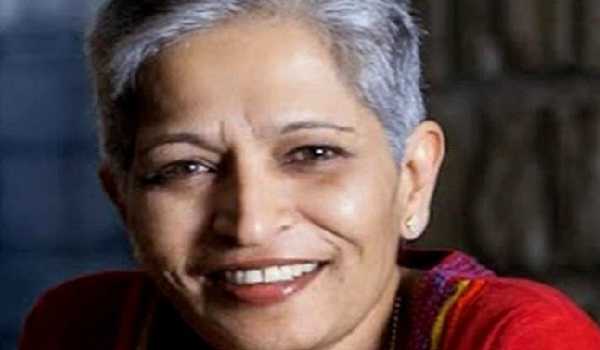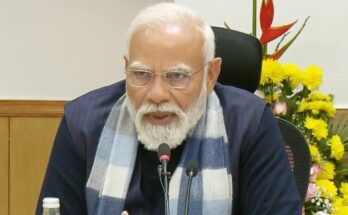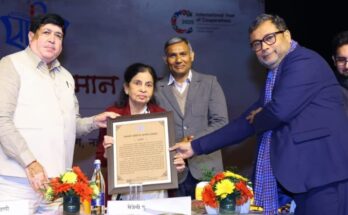By Ridhi Suri
On October 7, 2006, Russian journalist, writer and human rights activist — Anna Politkovskaya — was shot dead in the elevator of her apartment.
The 48-year-old investigative journalist was known for her opposition to the “Chechen conflict” and for criticism of “Vladimir Putin”.
She was killed by an unknown assailant in Moscow.
In the opening essay of her book — Is journalist worth dying for? — she described some journalists as “clowns”, who only wanted to keep the “public entertained” but any journalist who dared to dissent, she wrote, was subjected to distress and death.
After the death of Politkovskaya and other journalists, the Russian media has often settled for self-censorship.
In September 2017, Indian journalist Gauri Lankesh (in pic) based in Bengaluru, who worked as editor of a Kannada weekly, Lankesh Patrike, was shot dead by unknown assailants outside her home. She too was a critic of the establishment.
Lankesh was a staunch critic of the right-wing Hindutva politics. She stated that Hinduism was not a religion but a “system of hierarchy in society” in which “women were treated as second-class creatures”. She was known for advocating freedom of the press.
Lankesh was openly critical of the caste system. Lankesh may have lost her life for expressing her worldview in Kannada, for being able to reach out and shape the opinions of readers; her death is a reminder of scores of journalist and stringers, in the media, who have lost their lives over the years. The journalists at the grassroots level are always under the threat of physical intimidation and annihilation.
Marie Catherine Colvin, an American journalist working as a foreign affairs correspondent for the British newspaper, The Sunday Times, died while covering the siege of Homs in Syria.
In February 2012, Colvin had crossed into Syria on the back of a motocross motorcycle, ignoring the Syrian government’s attempts to prevent foreign journalists from entering Syria to cover the Syrian civil war without permission.
Colvin died together with award-winning French photographer Rémi Ochlik. In July 2016, lawyers representing Colvin’s family filed a civil action against the government of the Syrian Arab Republic claiming they had obtained proof that the Syrian government had directly ordered her assassination, leading to a judge finding the Syrian government guilty of her assassination in early 2019, awarding Colvin’s family $302 million in damages.
“Devotion, glow, faith and kindness”– these were among the English words that Bulganian journnalist Viktoria Marinova had jotted down on notepaper that lay untouched on her desk at in Ruse three days after her body was found in parkland beside the river Danube. The words seemed appropriate, given that all those who knew Marinova spoke of her warmth, determination and devotion to social justice.
The 30-year-old journalist disappeared after going for a run by the river and her body was found later that day on October 6, 2018. Bulgarian police confirmed she had been raped before she was killed. It was the third murder of a journalist in an EU country within a year, reopening debates about the dangers of reporting, as well as the particular perils faced by female journalists.
In October 2017, Daphne Caruana Galizia, a Maltese investigative journalist, was killed when a bomb planted in her car detonated. Over the past 15 years there has been “a marked increase” in cyber harassment, making the safety of women journalists a major issue for reportage in today’s digital era, United Nations panelists highlighted.
“While we celebrate media women’s successes, it is regrettable that their increasing visibility and voices in the media have led to sharp attacks on them, particularly through the social media. We must, therefore, condemn the violent threats of rape and murder that many women journalists receive. We realise that these are political attacks, intended to silence critical voices and views,” DUJ general secretary Sujata Madhok said.




